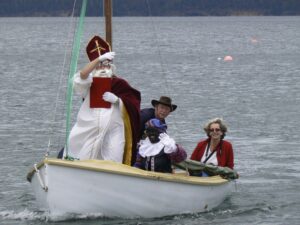
The Diary of Gerard Rhee – one the first Dutch migrants to Tasmania – 1940
The diary of G Rhee is quite unique because it was written in 1940. Gerard Rhee was one of the first Dutch migrants to Tasmania. There are interesting glimpses in this diary of a young man who fell in love with a local lass. Apart from notes about his courting,
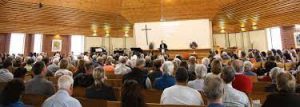
Reg Doedens: A life of faith, resilience, and community- Tasmania
The article below is a brief resume of the life of Reg Doedens. It is structured on the ghosted auto-biography prepared by Anne Rand, with additional notes by the reviewer, (a neighbour, cadet, employee, hardware store co-owner, interviewer (for another book), family friend and fellow Christian). Some of Reg’s story
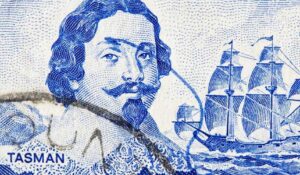
Abel Tasman tercentennial commemorated in London in 1942
With a hat tip to Tony Cunneen in Sydney, we were made aware of a folder in the National Archives of Australia: Netherlands Legation – Tasman Tercentennial (NAA: A6661.180). It begins with suggestions made in April 1942 to find an appropriate way to commemorate the 300th anniversary of Abel Tasman’s

Dutch Migration to Tasmania in 1950: Motivation, Intention and Assimilation
“Dutch Migration to Tasmania in 1950: Motivation, Intention and Assimilation” is a thesis by Kees Wierenga, submitted in October 2005 for a Bachelor of Arts with Honours in History at the University of Tasmania. The study delves into the experiences of Dutch migrants who relocated to Tasmania in 1950, focusing

Little Groningen – Tasmania
This story is about how Little Groningen came to be. The name was coined by the farmer, Geard, who sold the land to the “G7” scouts, van der Laan and Pinkster. (The “G7” was a group of 7 families who had decided to emigrate to Tasmania and establish a building
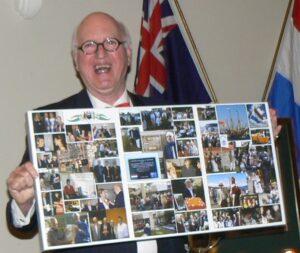
Dr Freddie von Schmidt
The new doctor There is a red book. It is one of many books in a series. This one is devoted to the letter ‘S’. There is nothing in it except surnames starting with ‘S’, and the history of these names. Because it is a Dutch book, the name ‘von
The van de Laan’s wedding anniversary in Tasmania
The 25th wedding anniversary of Eric and Toni van der Laan was celebrated in 1954.It was a major event in the Dutch migrant community in Kingston, Tasmania, fondly remembered 64 years later by those still alive.In the shadow of the war years, and the major life upheaval of migration, it is
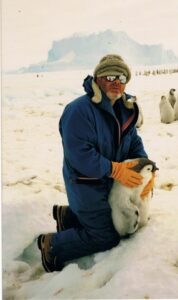
Peter Herweynen – From Canadian chocolate to Antarctic builder
When he was 18 years old, Jan van Herweynen was asked by his father to travel to Tasmania, purchase a piece of land and begin building a house. Jan was accompanied by his cousin Bob Brinkman and the sister of his mother, Janny de Jonge. They left Schipol airport in
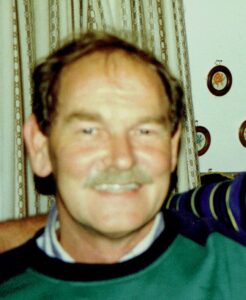
The Rook family: A Tasmanian migration story
By Meinard Karel Rook – Compiled in 2005 ArrivalWe arrived in Australia in August 1950, after a 6 week voyage from Holland on the Sibijaek. Our first land fall was in Fremantle, then on to Melbourne, where we transferred to the Taroona for the voyage across Bass Strait to Beauty
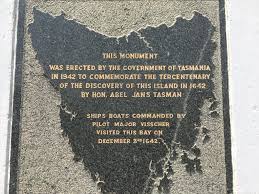
Abel Tasman Stories
Special Tasman’s Briefcase to mark the 300th anniversary of the death of Abel Tasman The briefcase was made from black leather, embossed with the Tasmanian coat of arms. Inside there were several compartments. The main compartment contained a carved {profile?] head of Tasman let into a block of Tasmanian myrtle.A
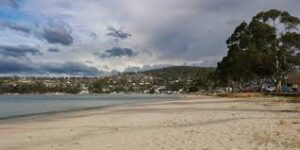
Martina van Munster nee Kruiff migration to Tasmania
Martina’s early memories were fixed in World War II. Her family lived in Den Helder, a natural harbour on the tip of North Holland. The harbour was also a naval base, and the object of much bombing. Some of the bombs, towards the end of the war, were German V1
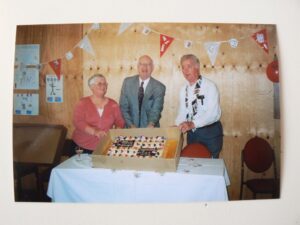
Card Club – Ons Genoegen Tasmania
Saturday the 21st of April was the day the Klaverjas Club “Ons Genoegen” celebrated their 50th anniversary. The celebrations started in the morning at the Lenah Valley RSL clubrooms. Players had come together from Launceston and Hobart to participate in a tournament of wits and skill (and a bit of
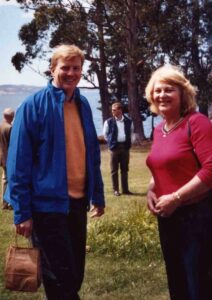
Royal Visit to Tasmania
This article was written during the 2006 Dutch royal visit to Australia. It was weeks of anticipation for the Dutch Community in Tasmania, as they received preliminary invitations and two general invitations in the Saturday Mercury, for the Royal visit. His Royal Highness, the Prince of Orange, and Her Royal
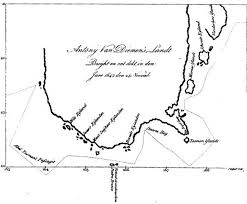
Dutch Tasmanian Connection
Due to changing times and ageing volunteers, and lack of interest amongst the next generation, the Dutch-Australian Society ‘Abel Tasman” (DAS) faded away in the years 2012 – 2015. The strength and commitment to be involved in community events waned. Sinterklaas decided it was too far to come. However, the
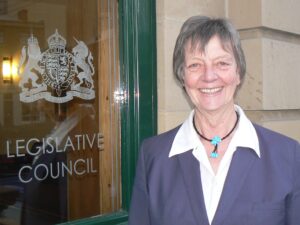
Adriana Taylor – From Dutch schoolgirl to servant of the Tasmanian people
Teacher, community volunteer, alderman, Lord Mayor, Legislative Councillor. It is normal for the eldest son to inherit the farm. This has been true over the centuries, and in many places in the world. Jos (Adrianus Johannes Ansems), known to all as Lange Jos, refused the privilege. He had no heart
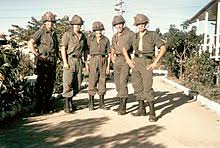
Charlie Rook’s diary of his National Service 1968/69
The journal below is based on the diary Charlie kept through his National Service days. It was later edited by him, and passed to this editor for inclusion in the record of achievements of Dutch migrants to Tasmania. It may be seen as the description of the life of an
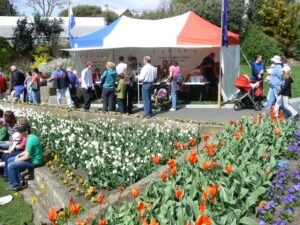
Dutch-Australian Society ‘Abel Tasman” and the tulip festival
BLUE GUM, TULIP & SPRING FESTIVALS From the newsletter of the DAS (Dutch-Australian Society), the Tasman Telegraphs, I have noted the following:[reporting of events the DAS usually lacked pertinent details, as if these facts were common knowledge. In some years there was simply no report. Below is not a selection,
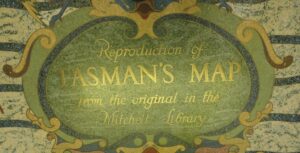
Timeline Abel Tasman 1642
The Dutch seafarer, Abel Tasman, is recognised as the first European to land, in December 1642, on the island that now bears his name. In the last 50 to 60 years, thousands of Dutch settlers and their descendants have been making a rich contribution to Tasmanian society. Dutch heritage in
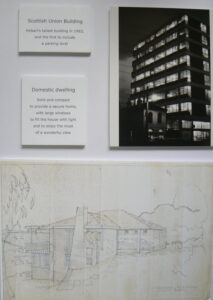
Tasmanian Architect Dirk Bolt
In October 1951 Dirk Bolt migrated from his native Groningen, the Netherlands, to Kingston, Tasmania, Australia, where he married Guusje (Kusha) van der Laan in January 1953. In 1964 they moved to Canberra. From 1971 onward, they moved to various places in response to a series of international appointments
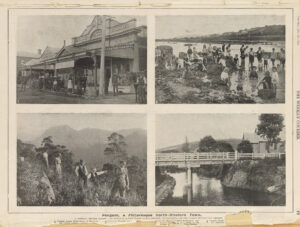
Dutch migrants in Penguin, Tasmania
Below is a short summary by Kees Wierenga of the book by Liz Nickols. Names are in alpha order. Copies of the book are available from liz.nickols@gmail.com. Details noted below, especially regarding who is still alive and or where some people are living, was accurate in 2013. The summary below
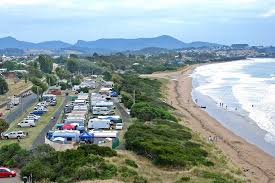
Dutch settlers in Ulverstone, Tasmania
Fair Dinkum Dutch Courage Compiled by Elizabeth Nickols (27 families) Excerpts (and some additional notation by Kees Wierenga)Brandsema, Wilko (Bill) and Hendrikje (Hennie) nee Wind(pp.1 – 9, 20 photos) Wilko was born in 1910 in Stadskanaal, the son of a baker. Hennie was born a year later, her father a
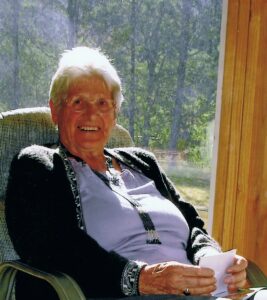
Elly Schuth: from bride to crafty great Tasmanian grandmother
7 Mar 1926 – 10Jul 2017 Elly with her brothers Reg and Max In May 1950, a group of 10 men, and their wives, met in the residence of Eerke van der Laan in the city of Groningen. They had met several times before, and during the war years had
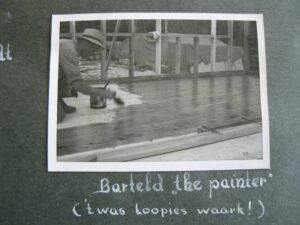
Eulogy Bart Jan Folkerts – 1999
We praise God for the life and witness ofBart Jan Folkerts18 September 1911 to 24 October 1999 An Association [Christian Parent-Controlled Schools] Founder and Gold Member“Now with the Lord he loved and served … a man of strength,courage and determination, a fighter for what he believed in.” “My Grace is
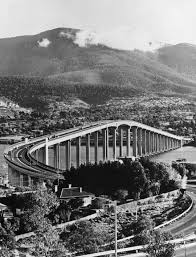
Bram and Riet Vonk – From Holland to Hobart: A journey of resilience and love
Bram and I decided to emigrate to Australia, the land of milk and honey (not always) in November 1959. In February 1960 we got married, just after my twenty first birthday, and a few weeks later our application to go was approved. We were young and full of adventures. We
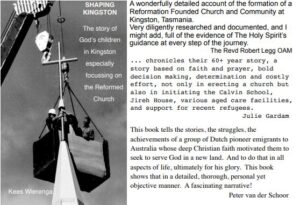
Dutch-Tasmania books
Shaping Kingston – The story of God’s children in Kingston especially focussing on the Reformed Church – written by Historian Kees Wierenga – $40 plus postage Copies of this book are held by the State Library of Tasmania. Copies may also be obtained from the author, as noted above. The

George Huizing Honorary Consul Tasmania
George Huizing 8/9/1938 – 27/12/2016 A newspaper clipping on my desk reminds of the last time I saw George. The clipping concerns a lost property title, in the parish of Lorainah. Property belonging to JKF von Schmidt. I quickly dropped an email to the owner – “where is Lorainah?” JKF,
